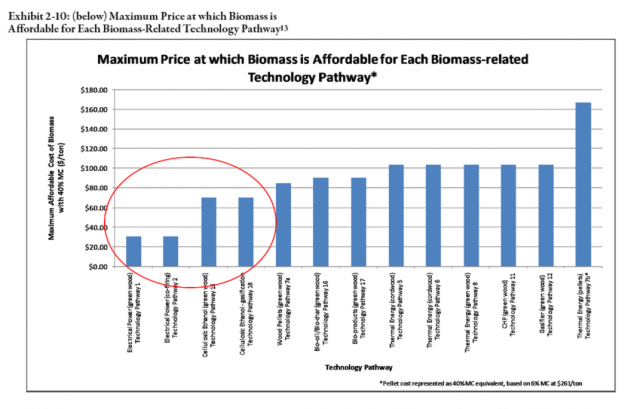With the liquid biofuels industry so well organized and so well financed, it is sometimes easy to forget that there are other uses for biomass. No, not habitat, compost, or food; other subsidized uses. Like burning it for electricity.
Scott Learn in The Oregonian has a nice summary of the issues brewing over a new plant in Eugene to convert 700 tons per day of logging slash and sawmill waste into electricity. The plant is owned by Seneca Sustainable Energy, but appears to include some asterisks on the "sustainable" part. Learn writes:
"The plant features West Coast-leading pollution controls endorsed by the Environmental Protection Agency. It's projected to release far less pollution than the usual practice of burning slash piles in the woods. But it will also release more carbon dioxide and lung-damaging particulates than a comparable coal-fired power plant... It will release more carbon, sulfur dioxide and smog-causing nitrogen oxides than a similar-sized natural gas plant. And it's expected to receive millions in Oregon tax credits and qualify to meet the state's renewable power goals, just like non-polluting solar and wind."
Oh, and it will receive federal tax credits as well. And if it's anything like ethanol plants, it will likely receive local subsidies to boot in the form of access to tax-exempt debt, tax abatements, and infrastructure improvements.
The article further notes that
"Supporters, including state and federal leaders, say wood energy is effectively carbon neutral because the carbon emitted in burning it will be balanced by new trees that pull carbon from the atmosphere."
This line of reasoning has the same problems for biomass electricity as it had with liquid biofuels The forests are sequestering carbon before they are cut, so you need to look at whether there is a net increase or decrease in sequestration under the new cutting regime. The cutting changes soil sequestration patterns. And there is that lingering issue of indirect land use should the number of these plants increase substantially.
As the ability to use cellosic biomass for liquid fuels grows, there will be some mighty interesting conflicts brewing over which markets get to strip the land. Woody biomass for wood, liquid fuels, power, or habitat? Farm crops for food, feed, or liquid fuels -- with federal subsidies for cellulosic crops needing to be set high enough to out-compete federal subsidies to conventional crops. Land management decisions will be increasingly driven by subsidy arbitrage rather than sustainable yields and ecosystem protection -- clearly not a good outcome. Battles are only beginning.




